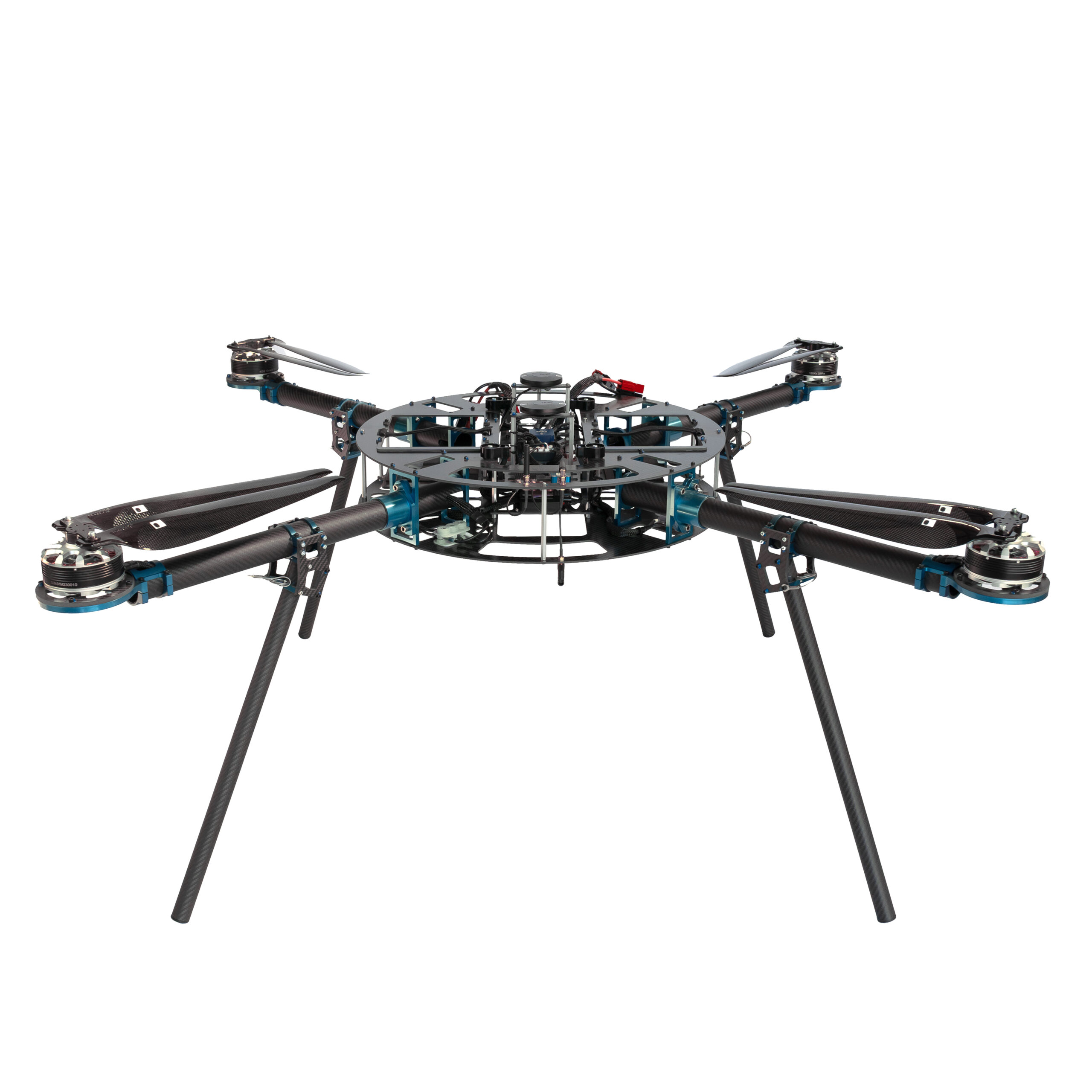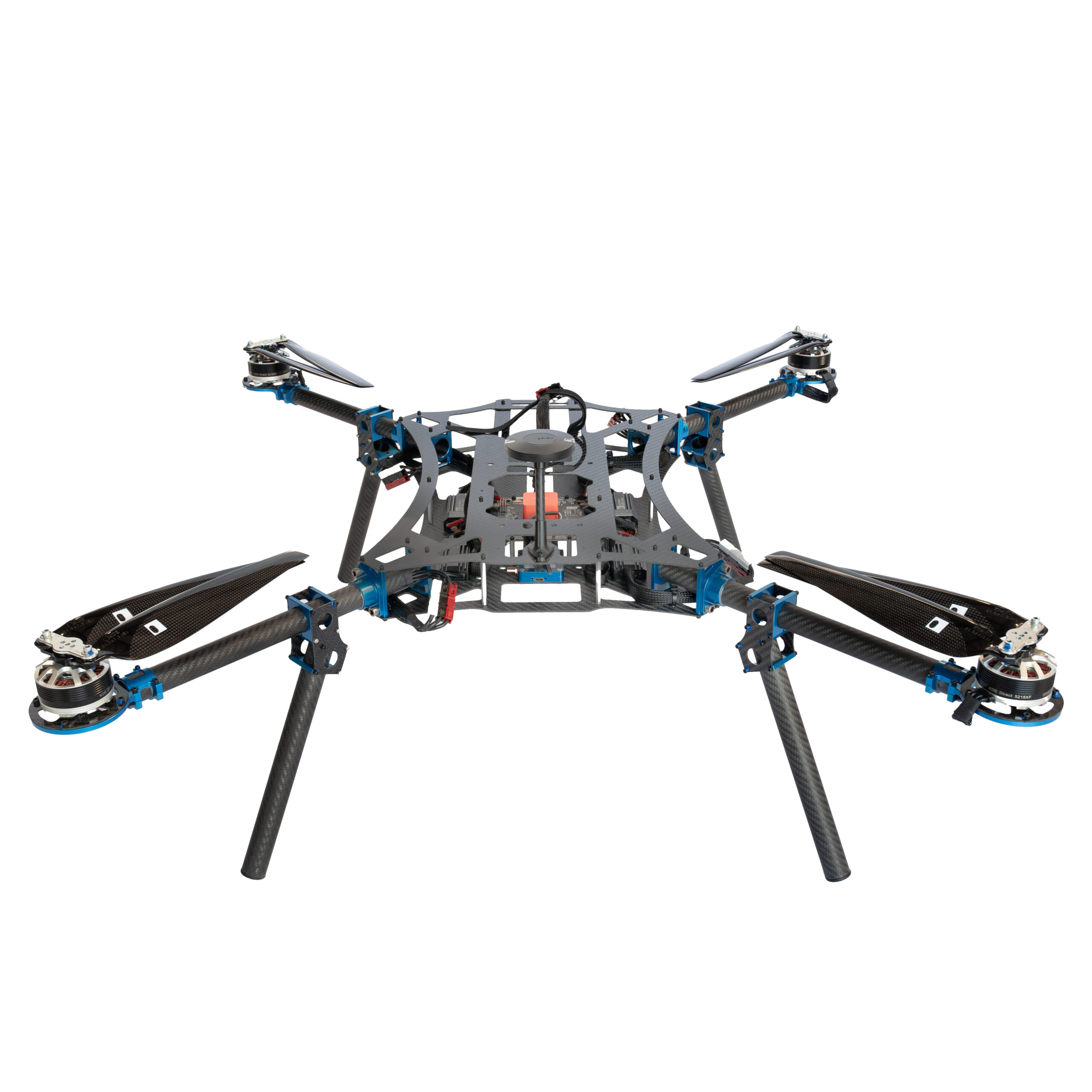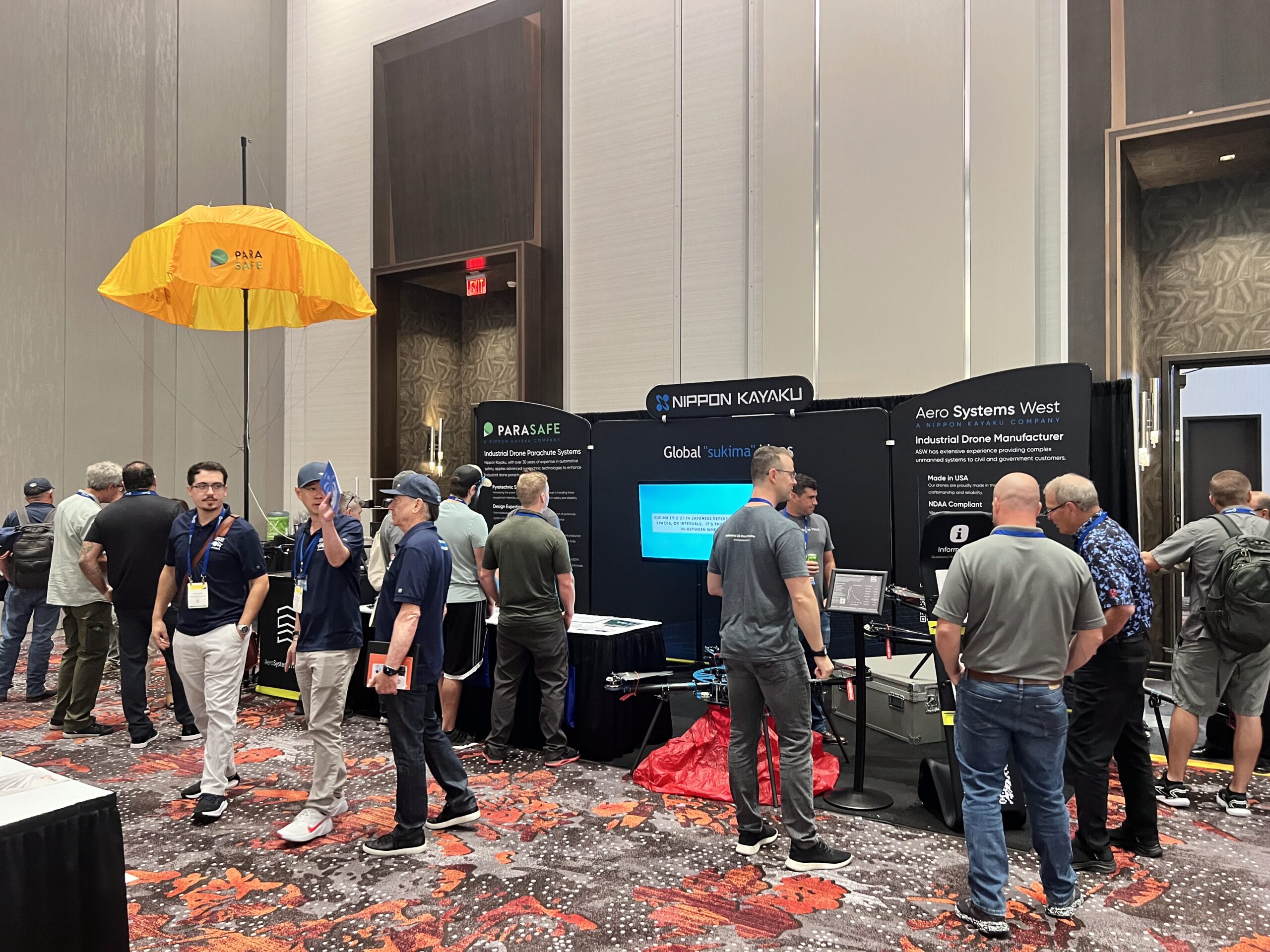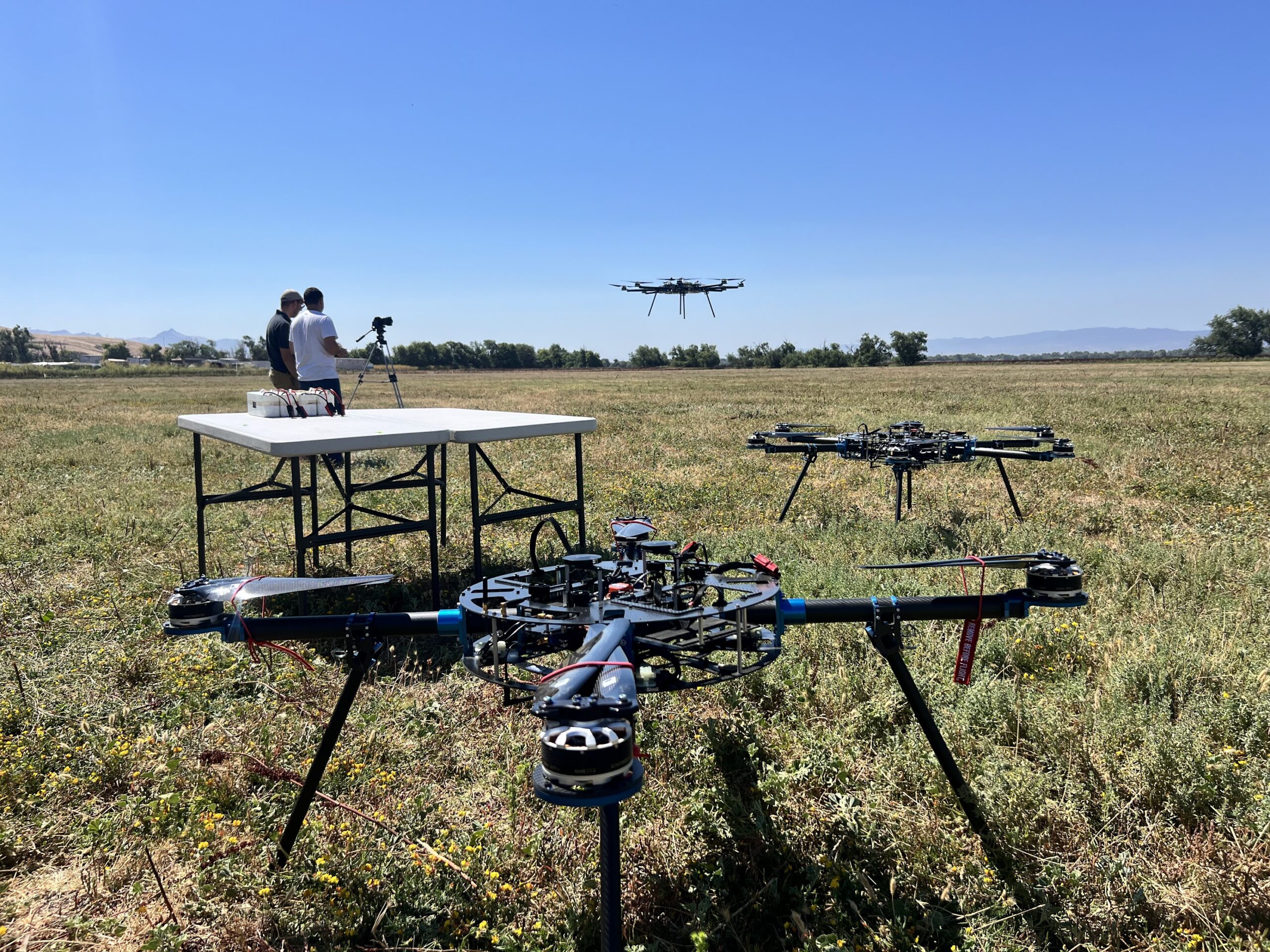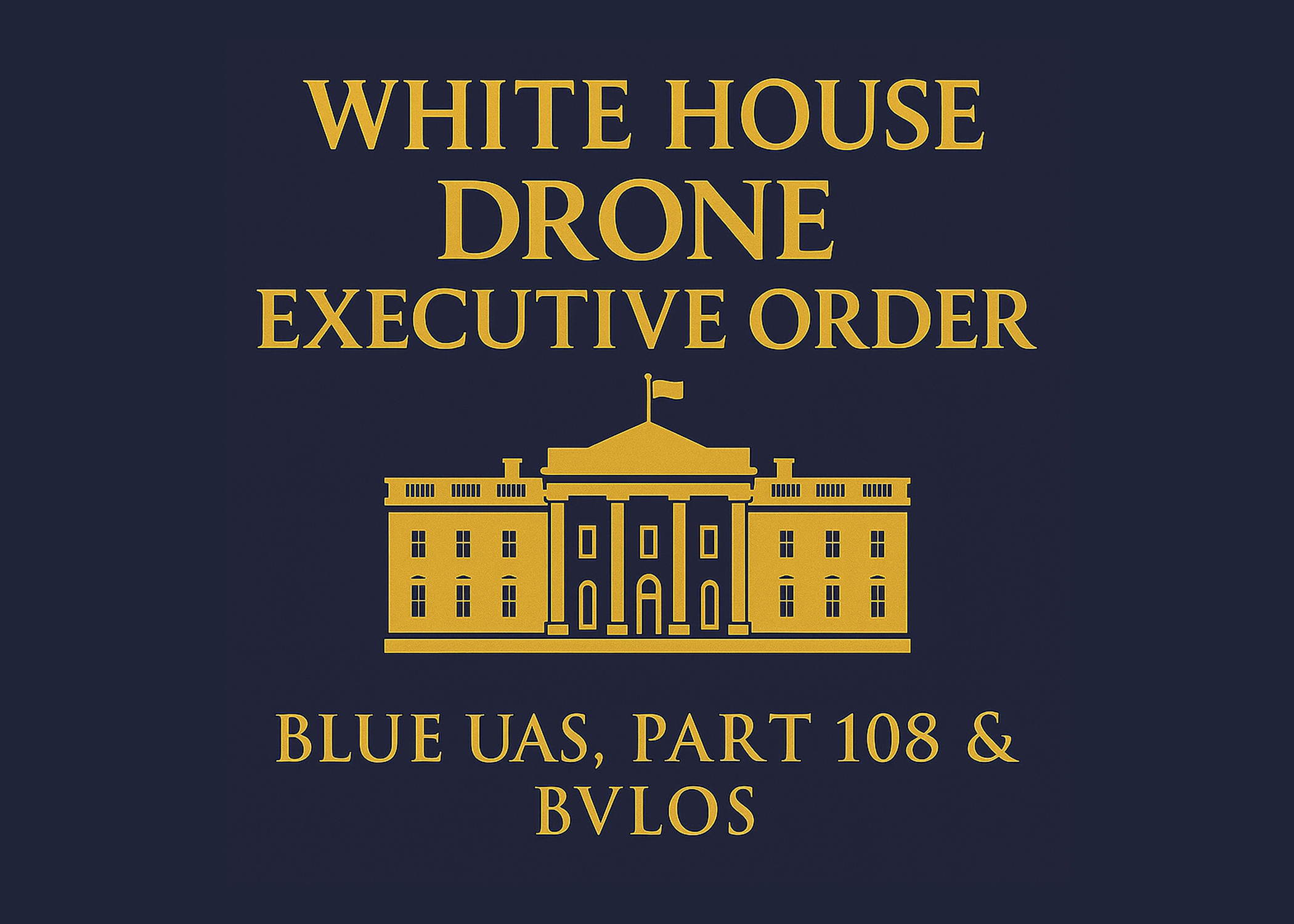
Cargo vs. Heavy Lift Drones: Navigating Nuances and ASTM Standards
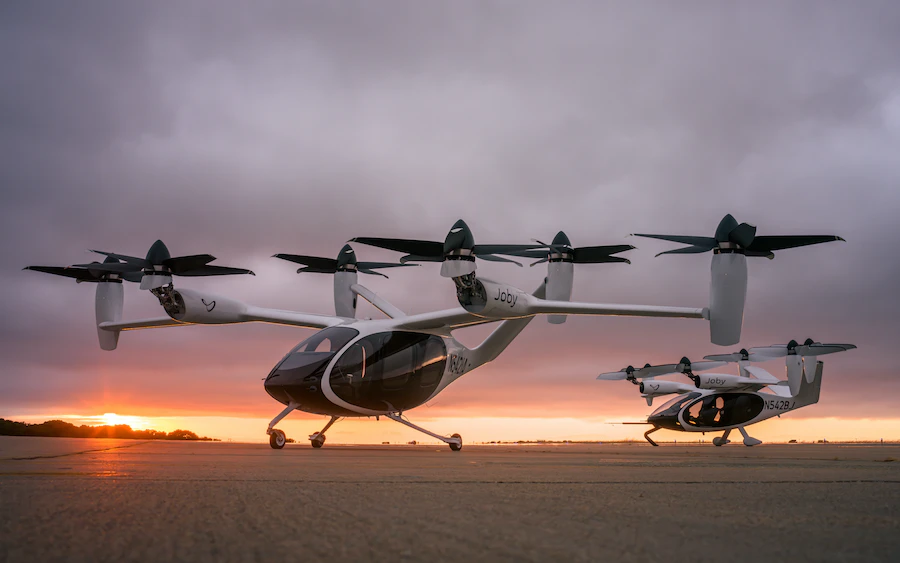
The first aircraft to come off Joby’s Pilot Production Line in Marina, CA (left). Credit: Jobi Aviation
In the world of unmanned aerial vehicles (UAVs), the terms “cargo” and “heavy lift” often emerge in discussions about drone capabilities. While these terms might seem straightforward, they encompass a spectrum of sizes, capacities, and applications. In this article, we delve into the nuances between cargo and heavy lift drones, exploring the ASTM standard that defines weight limits and shedding light on the diversity within this category.
Defining Cargo and Heavy Lift Drones
Cargo drones and heavy lift drones are two categories that revolve around the transportation of payloads. Cargo drones serve as an umbrella term, encompassing a wide range of unmanned systems designed for transporting goods. These can include drones like Jobi and Holocopter, which carry hundreds of kilograms, and even Elroy Air’s cargo drones, resembling giant fixed-wing aircraft without a pilot onboard.
ASTM Standard and Weight Limits: The ASTM standard plays a crucial role in the definition of weight limits for drones. While cargo drones may handle payloads ranging from hundreds of kilograms to thousands of pounds, a key point of reference lies within the 300-400kg payload range. These drones bridge the gap between smaller UAVs and larger cargo aircraft, offering a balance of capacity and maneuverability. For instance, the Volocopter focuses on electric air taxis, whereas Jobi is designed to transport several passengers and Elroy Air specializes in pure cargo transportation.
Navigating the Gray Areas
One of the challenges in the drone industry is the size classification of heavy lift drones. Despite their technical classification as drones, some models closely resemble small aircraft and may not adhere to traditional drone airspace regulations. While they introduce groundbreaking capabilities, their integration into the national airspace system warrants consideration beyond standard drone regulations.
One of the challenges in the drone industry is the size classification of heavy lift drones.
ASTM Standards and the Regulatory Landscape: While the FAA’s Part 107 provides operational guidelines for commercial drones under 25 kilograms, it does not comprehensively address all aspects of heavy lift drones. The ASTM standard defines weight limits and operational parameters, ensuring safe and standardized operations. For instance, the Part 107 mandates maintaining visual contact, height restrictions, and speed limits for remote pilots in command (RPICs).

Safety First: The Role of PARASAFE: When discussing safety systems in the drone industry, it’s important to highlight ASW’s PARASAFE technology. As a key player in safety systems innovation, ASW’s PARASAFE contributes to enhancing drone safety and reliability. Amid the evolving landscape of cargo and heavy lift drones, reliable safety systems become an essential component.
The distinctions between cargo and heavy lift drones go beyond their names, encompassing diverse capabilities, payloads, and applications. With an ASTM standard defining weight limits and operational parameters, the industry continues to advance, pushing the boundaries of innovation and safety. As you explore the world of cargo and heavy lift drones, remember that safety systems like PARASAFE play a crucial role in shaping the future of UAV operations.
Building Custom Industrial Drone Fleets in California.
Aero Systems West is at the forefront of today’s dynamic drone industry. We specialize in developing custom unmanned aerial systems (UAS) that integrate cutting-edge software, advanced sensor fusion, and modular payload solutions. With deep expertise rooted in aerospace and defense, our team delivers innovative, adaptable, and mission-critical solutions designed to meet the evolving demands of commercial, public safety, and defense applications. Discover how our state-of-the-art technologies are reshaping the future of unmanned flight by visiting our website or contacting us directly.
-
- Select options This product has multiple variants. The options may be chosen on the product page
